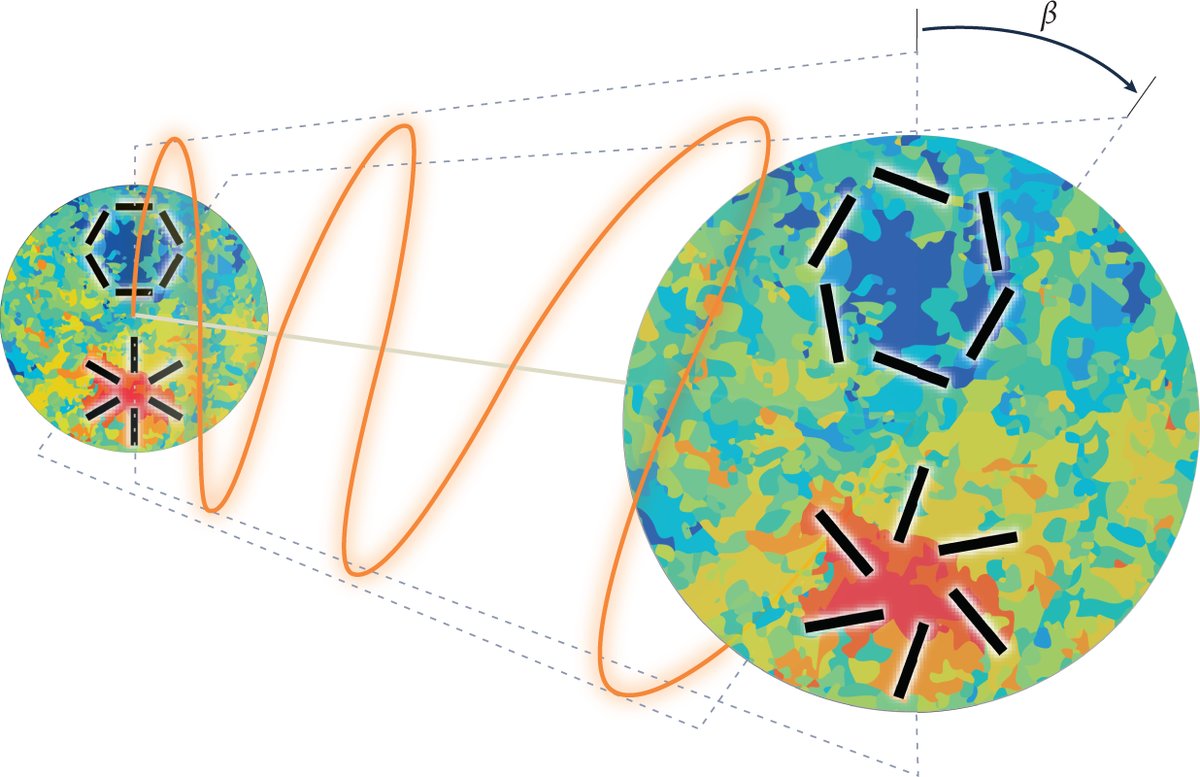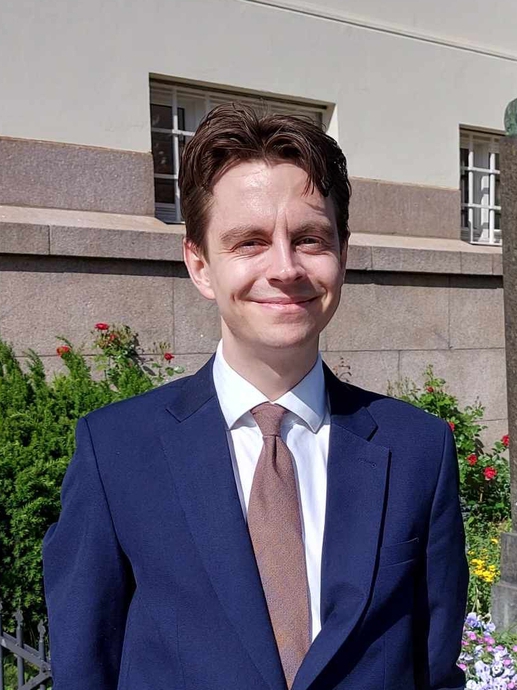A professional committee appointed by the Norway Fulbright Alumni Association has awarded Johannes Røsok Eskilt the Fulbright Article Prize for Young Researchers 2024 for his groundbreaking work in astrophysics. His article, "Constraints on Early Dark Energy from Isotropic Cosmic Birefringence", introduces an innovative technique to test a proposed model for resolving inconsistencies in the measurements of the universe's expansion rate.
The biggest problem in cosmology
There are two main ways of measuring the Universe's expansion rate. One is to directly measure supernovas in distant galaxies, and the other is indirect by measuring the patterns in the cosmic microwave background. The latter method relies on many assumptions about the Universe such as the existence of dark matter and dark energy. These two measurements do, however, not give the same answer and researchers do not understand why. This problem is called the Hubble tension and is arguably the biggest problem in cosmology.
– One popular solution to the problem is to introduce a new field in the early Universe, called Early Dark Energy (EDE), tells us Johannes.
– You argue that the Cosmic Microwave Background radiation (CMB)-measurement is wrong simply because you forgot to add the EDE field into your set of assumptions about the Universe. By introducing this field, researchers have shown that the two measurements of the Universe's expansion rate align, he explains.
Testing theoretical models
The article "Constraints on Early Dark Energy from Isotropic Cosmic Birefringence," with Eskilt as the lead author along with his co-authors, was published in the prestigious journal Physical Review Letters in 2023. It presents an innovative technique for testing a proposed model to resolve inconsistencies in the measurements of the universe's expansion rate.

– In our paper, we used the Planck satellites measurement of the CMB polarisation to test out the EDE theory. There are strong theoretical arguments that a potential EDE-field should interact with the CMB photons and cause their linear polarization to rotate as the photons propagate through the early Universe, called Cosmic Birefringence. We found no such evidence for the EDE field, and for the first time ever, we set constraints on how this field could potentially couple with photons, he explains.
His work has significant implications for the field of astrophysics and has already accumulated considerable citations since its publication.
"We provided evidence against Early Dark Energy being a good theoretical solution to solving the Hubble tension."
– This means that the Hubble tension is still an unsolved problem. So technically, we did not learn anything new about the Universe, we just provided evidence against a theory, he adds.
"This is a significant contribution to the field from a young researcher. His work helps us to better understand the complexity of the universe and opens new possibilities for theoretical research," writes the alumni association in their rationale.
Leveraging Programming and Data Processing
Eskilt holds a master's degree in Applied Physics from NTNU and in Fundamental Theoretical Physics from Imperial College London. He ventured into research in cosmology, which led to him pursuing a PhD in 2023 at the Institute of Theoretical Astrophysics. His research is funded by the ERC grant Cosmoglobe and the University of Oslo.

Now he is at the graduate program at the Norges Bank Investment Management in London.
– My research days seem to be behind me. At least for now, Eskilt admits.
– How relevant is your expertise in physics to your new job?
– There's a lot of programming and data processing. You come into the office, work with data, are critical of the data. So my workday is quite similar to before, he says.
– What does this award mean to you?
– It makes me very happy! I am really pleased to see that my work on Cosmic Birefringence is being appreciated!, Eskilt responds.
– What are you planning to do with the prize?
– I will be very boring and put them straight into an index fund!
More about
- Constraints on Early Dark Energy from Isotropic Cosmic Birefringence, Eskilt, J. R., Herold, L., Komatsu, E., Murai, K., Namikawa, T. and Naokawa, F. Constraints on Early Dark Energy from Isotropic Cosmic Birefringence. Physical Review Letters 131, 121001 (2023)
-
Johannes Røsok Eskilt Vinner Fulbrights Artikkelpris for Unge Forskere 2024, Pressrelease about Full Bright Norway.
- Johannes investigates the unknown Universe
